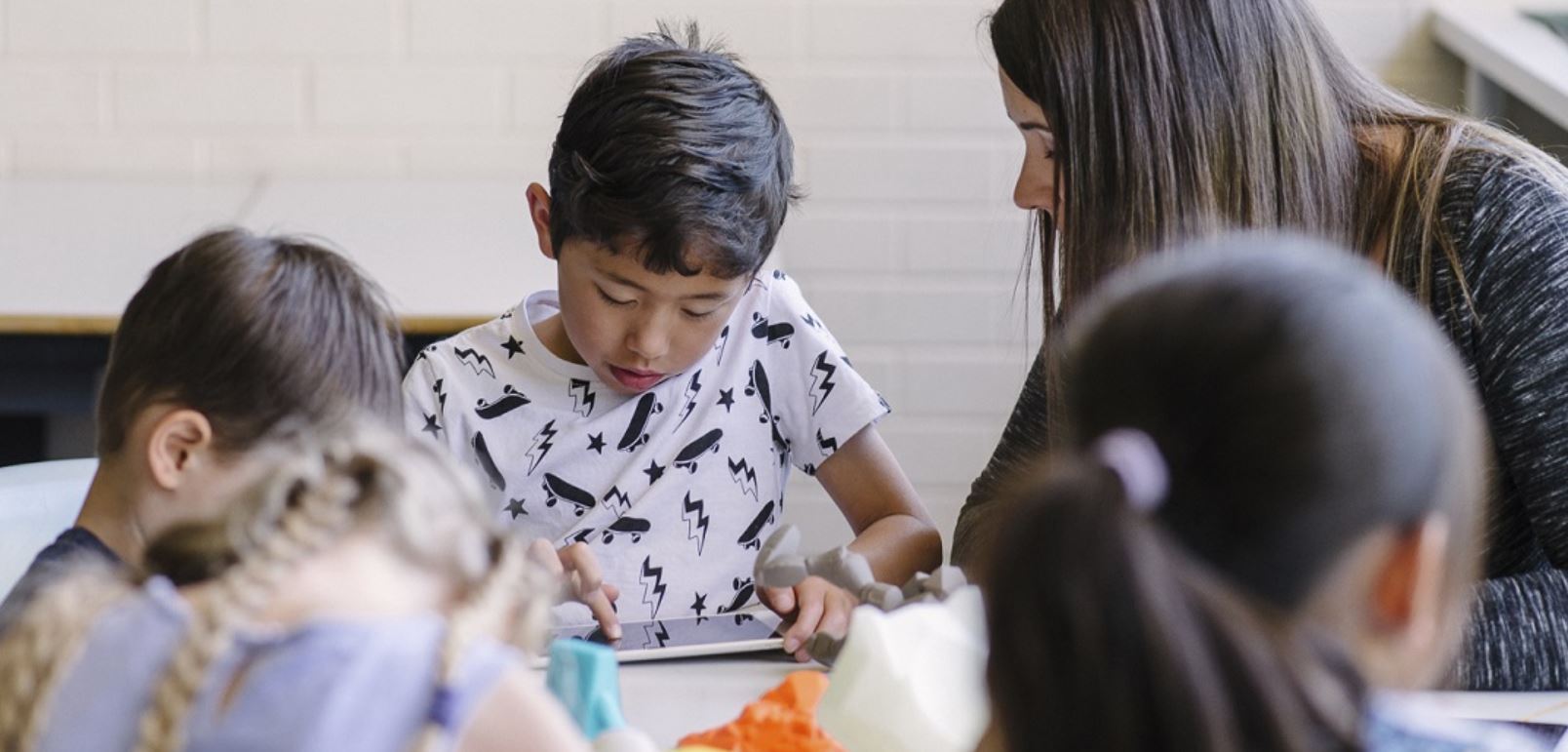
GE Additive is now accepting applications from primary and secondary schools for its Additive Education Program. The applications are for the 2019/2020 cycle of the Program.
Schools wishing to apply can do so at https://geaep.polar3d.com/ – deadline 1 April, 2019.
‘Significant financial contribution’ by GE Additive
GE Additive says it has made a significant financial contribution over the past five years. The investment has gone toward educational programs to deliver 3D printers to primary and secondary schools. It has also delivered metal 3D printers to colleges and universities globally.
So far, the program has delivered more than 1,400 polymer 3D printer to one thousand schools in thirty countries.
Last year, the global program delivered 3D printing packages to over 600 primary and secondary schools in thirty countries. Each package contains software and hardware. It also contains the STEAM (science, technology, engineering, art, and mathematics) curriculum.
GE Additive wants to build an ecosystem
The program aims to build an ecosystem for K-12 primary and secondary schools. Specifically, for 3D printing in education by networking machines, students, and content via the Polar Cloud.
According to a GE press release:
“Educators and student from participating schools join the Polar Cloud to access tools, software, and applications in a collaborative and secure environment.”
“Packages awarded include a Polar Cloud premium account, a Polar Cloud enabled 3D printer from Dremel, Flashforge or Monoprice, rolls of filament, and new for the 2019/2020 cycle, a range of learning and Tinkercad software resources from Autodesk.”
Inspiring students worldwide
President and CEO of GE Additive, Jason Oliver, said:
“An inquisitive student, discovering additive for the first time, formed the heart of our recent ‘Anything Factory’ brand campaign. The purpose of our education program is to create moments like that, to inspire students like her, in classrooms all around the world.”
“The sooner we put additive technology in the hands of the next generation of engineers, materials scientists and chemists, the sooner we can realize its potential.”
“This year’s education program will focus only on primary and secondary schools. The original purpose of our program is to accelerate awareness and education of 3D printing among students – building a pipeline of talent that understands 3D design and printing when they enter the workplace.”
“We already enjoy some wonderful working relationships with universities and colleges, so this year we have decided to focus our efforts on younger students.”
Video – What is 3D Printing?
This video explains what 3D printing is. It is a type of additive manufacturing.

